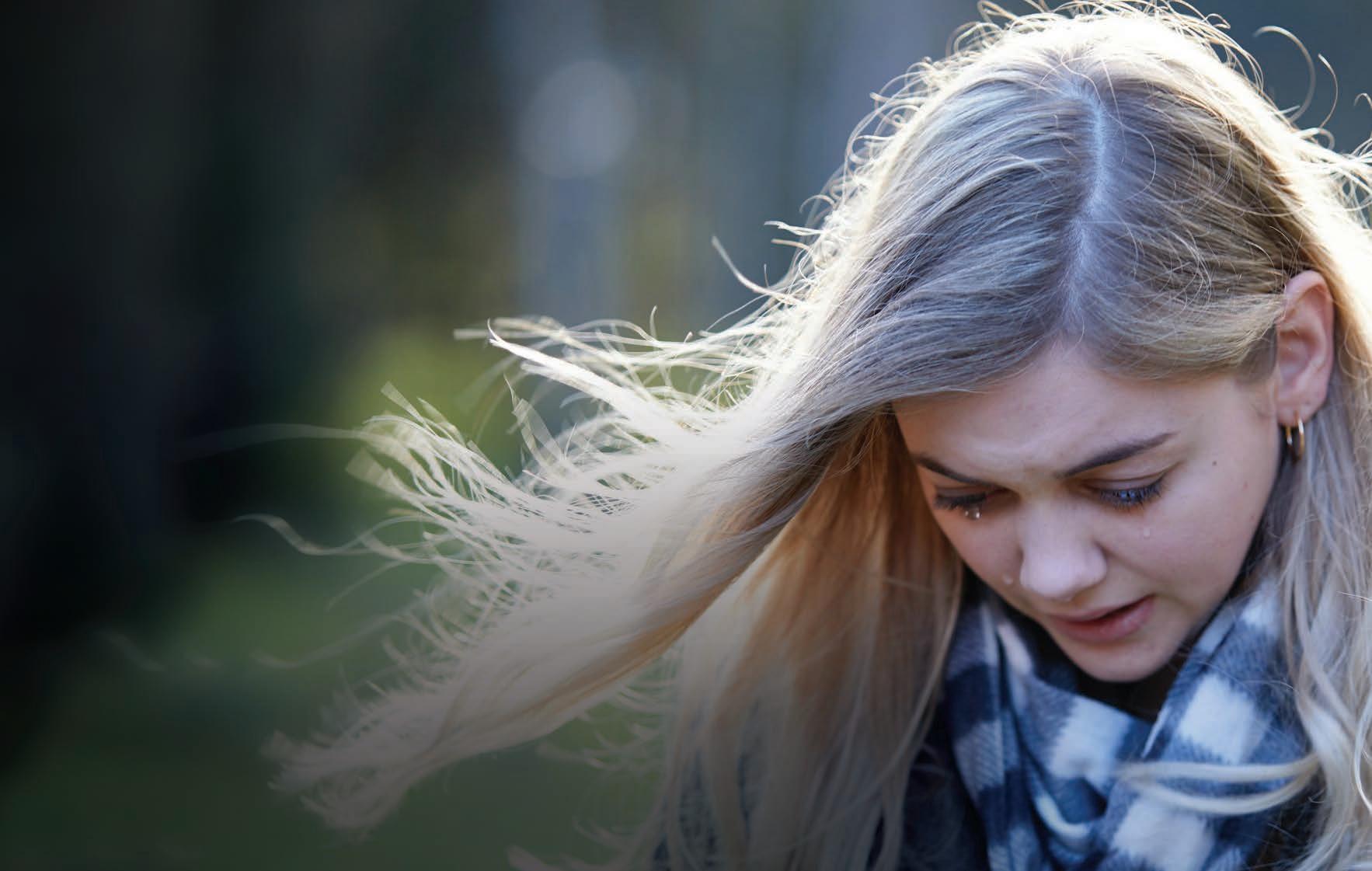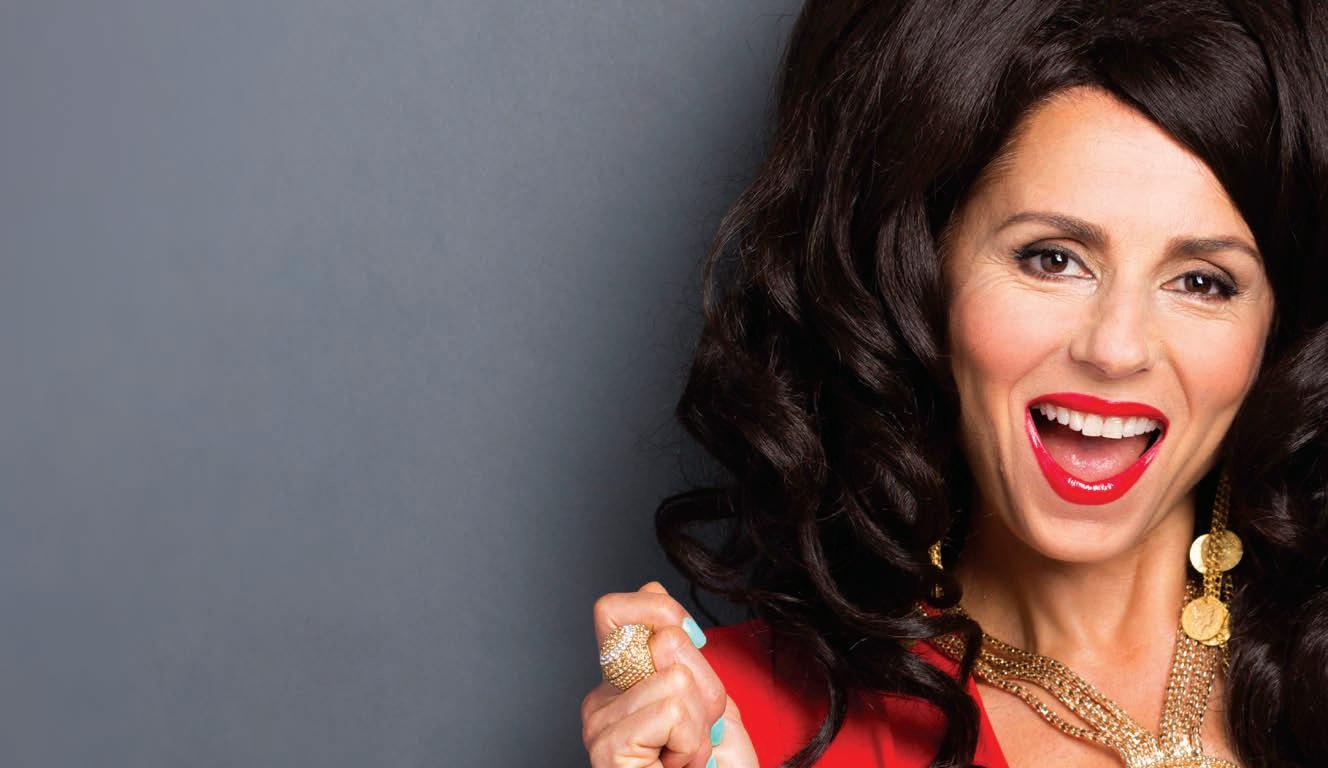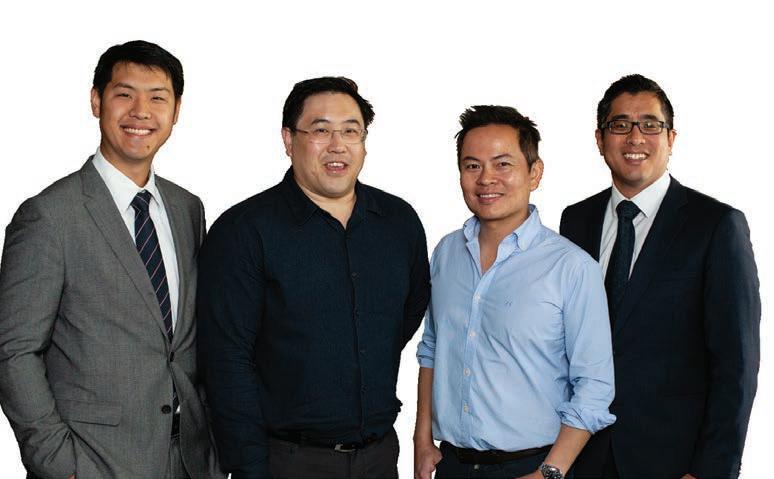BACK TO CONTENTS
DOCUMENTARY
Telling Claire’s Story The Murray family’s determination to have their daughter’s story understood by a community that failed her a decade ago has resulted in a remarkable documentary. Jan Hallam reports. Ten years ago, Claire Murray, a 24-year-old young mother of two, died in a Singapore hospital from complications of a live liver transplant after a decade of battling the effects of childhood trauma from sexual abuse and bullying that led to homelessness and drug use. The tragedy is that Claire’s story was not widely known at the time she became headline bait for local media, simply because no one asked the most fundamental of questions, why. Why did a happy young girl’s school life alter so terribly? Why did the health system fail her on multiple occasions from the time her parents started seeking help for her depression when she was just 12 years old? Why did a television station ask viewers of its nightly news bulletin in a phone poll if Claire, whose liver transplant had failed because of blood clots, should receive further treatment or be left to die? The documentary, Wild Butterfly, aims to address some of these questions while tackling head on the issues of community responses to childhood trauma, bullying and stigmatisation of drug users. Claire’s parents, Michael and Val Murray, promised their daughter 46 | APRIL 2020
that her full story would be told to encourage change in the way our society handles these issues and alter their destructive consequences. The documentary has been almost a decade in the making by filmmaker and psychotherapist Shireen Narayanan. It began when the former director, now a lead researcher, at Curtin University’s National Drug Research Institute, Professor Steve Allsop, put her in touch with the Murrays. “When I first met the Murrays, it was less than a year since Claire had passed away and the family were very vulnerable, grieving and traumatised, not only by Claire's death, but what had played out so brutally in mainstream and social media,” Shireen said. The film was, as Shireen describes, “an eight-year marathon production” for her team. “This process involved a lot of investigative journalism and the more pieces of the puzzle we put together, the more we realised how Claire's story is integral to a much bigger story,” she said. “We were compelled to not only tell the story, but it needed to be part of a project that would make a difference. That has led
to the development of a social impact campaign. So, we began developing campaign objectives and, in that process, gathering a group of multi-disciplinary experts across the sectors – from child and adolescent mental health, alcohol and other drugs, media, medicine, social work, psychology and education.” Finance for films is always difficult, however, this campaign, with ambassadors such as adolescent mental health expert Professor Patrick McGorry and Blue Knot Foundation president Dr Cathy Kezelman (an Australian Centre for Excellence in complex trauma), drew a different pool of potential funders. The union movement was supportive of the project and became its major backer. “The unions were not in any way deterred by the fact that while the film deals with what I call the trifecta of stigmas – sexual abuse, mental health and drug use – and the film's themes of fairness and social justice speak to the heart of the union movement,” Shireen said. “They not only wanted justice for Claire, they wanted to raise awareness of discrimination and violence, about standing up for humanity and equality, and they
MEDICAL FORUM | CARDIOVASCUL AR HEALTH ISSUE













